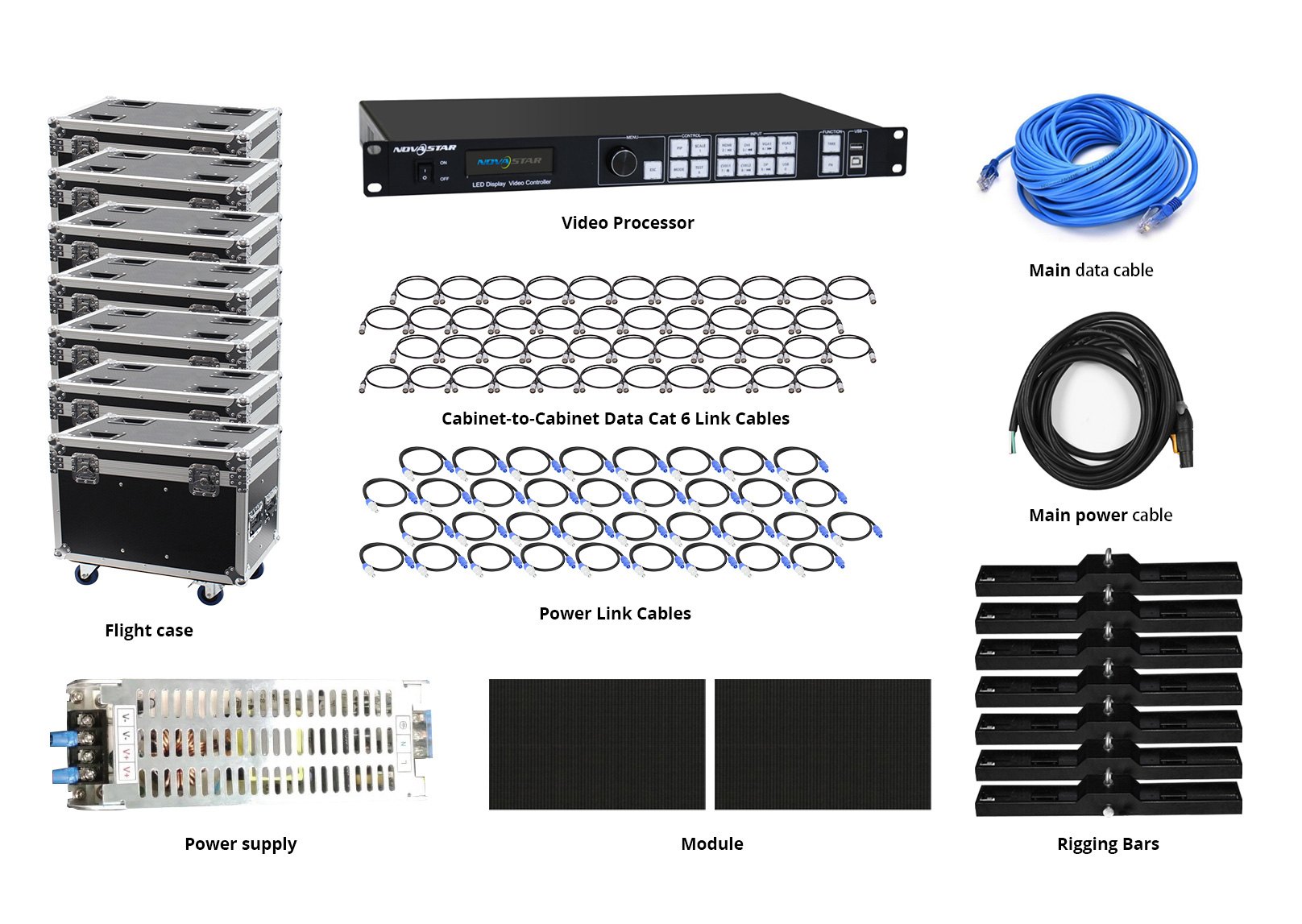Small pitch LED displays are becoming increasingly popular, but to achieve ideal display results, they cannot do without the assistance of video processors. Unlike outdoor LED large screens, small pitch LEDs are subject to many limitations in image display.
Firstly, the difference in environmental brightness is that the brightness of the indoor environment is low, so it is required that the brightness of the LED screen should not be as high as that of the outdoor environment. This requires the video processor to have more excellent image quality improvement capability, especially more advanced image scaling processing algorithm, so as to ensure that the high-definition video image can maintain the detail clarity and gray level of the image to the greatest extent after scaling. Secondly, there should be a variety of image adjustment options and effects, especially the adjustment of image brightness and contrast, as well as low gray processing, to ensure a soft, clear, and layered image output in the indoor lighting environment of the screen.

Secondly, indoor display is limited by the area of the venue, requiring the display of high-definition videos and images as much as possible within the limited display area. This requires video processors to have higher resolution image output capability, higher resolution, and more channels of video image input capability.
Thirdly, the traditional application of indoor large screens is the display of large screens in monitoring, command, and control situations. These applications require high clarity of large screens, multiple input signals, more channels of real-time video window images, and flexible and efficient control and management of these images.
LED video processors are key equipment and witnesses to the birth, growth, and maturity of LED full color displays. The quality of LED video processors directly affects the display effect of LED displays.
Video processors are the witnesses and iconic devices of the birth, growth, and maturity of LED full color displays. LED specific video processing equipment has gradually matured in this process, and the quality of LED video processors directly affects the display effect of LED displays. In the era of high-definition LED display screens, video processors not only carry a large amount of work such as image processing and analysis, encoding, decoding, and compression, but also embed a large number of intelligent analysis algorithms to analyze massive amounts of data. The binding use of LED video processors and display screens greatly facilitates the widespread application of end users and improves the depth of LED display screen usage.
